A multipurpose, engaging, and entertaining animal with a great many uses ranging from companionship to commercial meat production, the domestic goat is an excellent addition to most any homestead. Novice homesteaders discover that raising goats for their milk, meat, and fiber can be a financially rewarding experience. However, caring for them can also be a headache and a hassle.
A Bit About Goats
One of the smallest domesticated ruminants, goats were domesticated earlier and have served humans longer than either sheep or cattle. Goats are members of the Bovidae family and are closely related to sheep and antelope. Goats are likely the first ruminants domesticated by humans more than 11,000 years ago.
Nomadic tribes, wandering the desert sands of what is now Iran, began to herd wild bezoar goats (Capra aegagrus) primarily for easy access to milk and meat. Goats also provided dung used for fuel, and the skin, hair, and bones of the animal provided material for shelter, tools, and clothing applications.
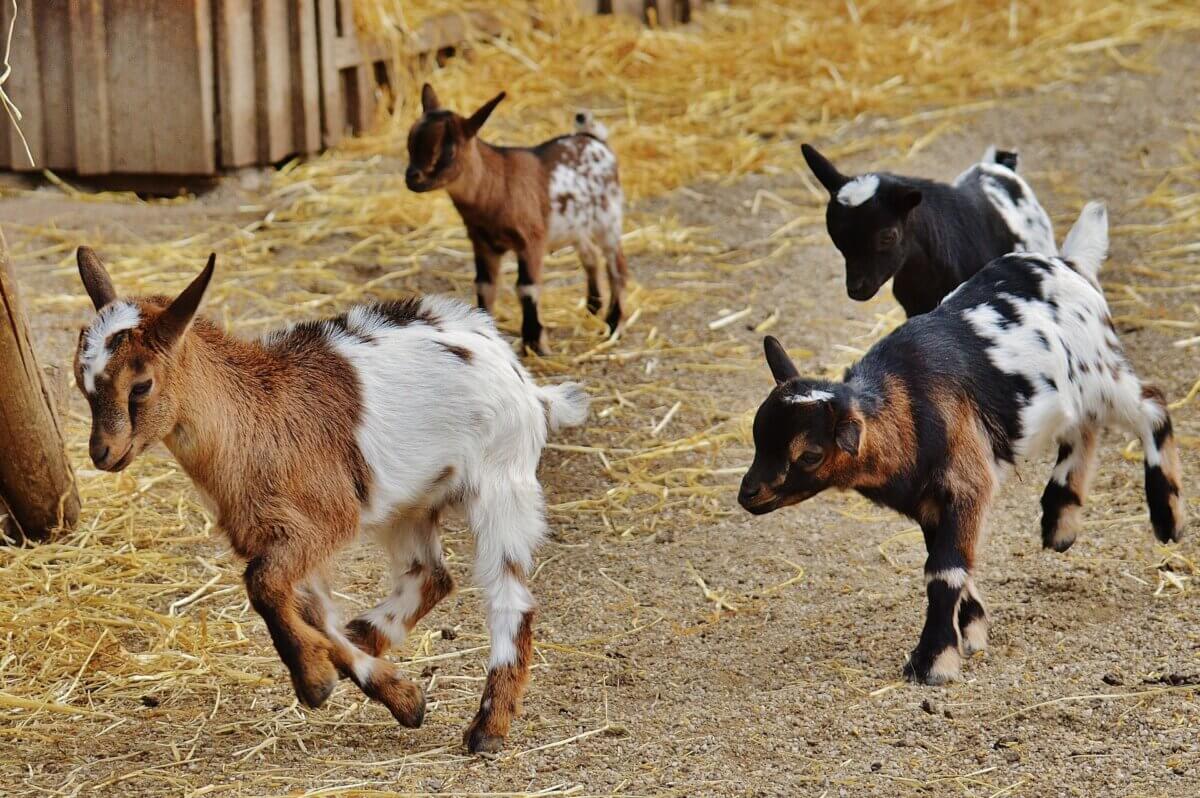
Goats soon gained popularity globally due to their unique ability to adapt to a diverse array of environmental challenges. The widespread world distribution of goats is the result of commercial trading and the migration of people with their animals. Goats adapt to almost any environment, thriving in cold mountainous terrain, humid tropical jungles, or hot desert wastelands seemingly devoid of vegetation. Goats are productive, small in size, and in most cases, do not compete with humans for food.
The domestication and possession of goats mark a time in the history of many cultures worldwide when people started to make the transition away from gathering and hunting to self-supporting, sustainable food production. Today, there are more than 850 million domestic goats distributed on every continent except Antarctica.
Related Post: Raising Goats
Popular Domestic Goat Breeds
There are dozens of recognized breeds of domesticated goat (Capra aegagrus hircus). In fact, goat breeding sets the benchmark for breed standards (especially dairy goats) amongst domestic livestock. Goats are selectively bred for primary use, such as outstanding milk production. Several breeds are considered multipurpose (milk, meat, fiber, skin, pack, or companionship).
The most popular breeds of goats valued for their milk production include Saanen, which is by far the most popular dairy breed, Sable, an adaption of the Saanen breed, Alpine, Oberhasli, Nigerian Dwarf, and La Mancha. When it comes to milk production, many goat farmers also rely on Nubian goats that dependably produce up to one and a half gallons of rich, creamy milk every day.
Popular meat-producing breeds include Kashmir, an excellent producer of both meat and fiber.
Goat Milk
Popular with a growing number of consumers worldwide, goat milk is tasty and nutritious. It’s a healthy milk alternative for children or adults with gastro-intestinal problems or allergies to cow milk. The majority of goat milk is utilized in cheese production. Sales of private label goat cheese, sold at the farmers market or online, provide a dependable source of supplemental income for many homesteaders.
Goats as Pack Animals
First utilized for transporting trade goods across the mountains in Asia and Eastern Europe thousands of years ago, the goat is still considered by many to be the most worthy and dependable of pack animals. Agile, small, and sure-footed, goats can traverse daunting terrain faster, safer, and more reliably than a horse, llama, alpaca, or even a mule.
When selecting a pack goat, it is best to avoid certain breeds of meat goats or pygmies due to their short stature. Select a dairy goat with a bigger frame and long legs.
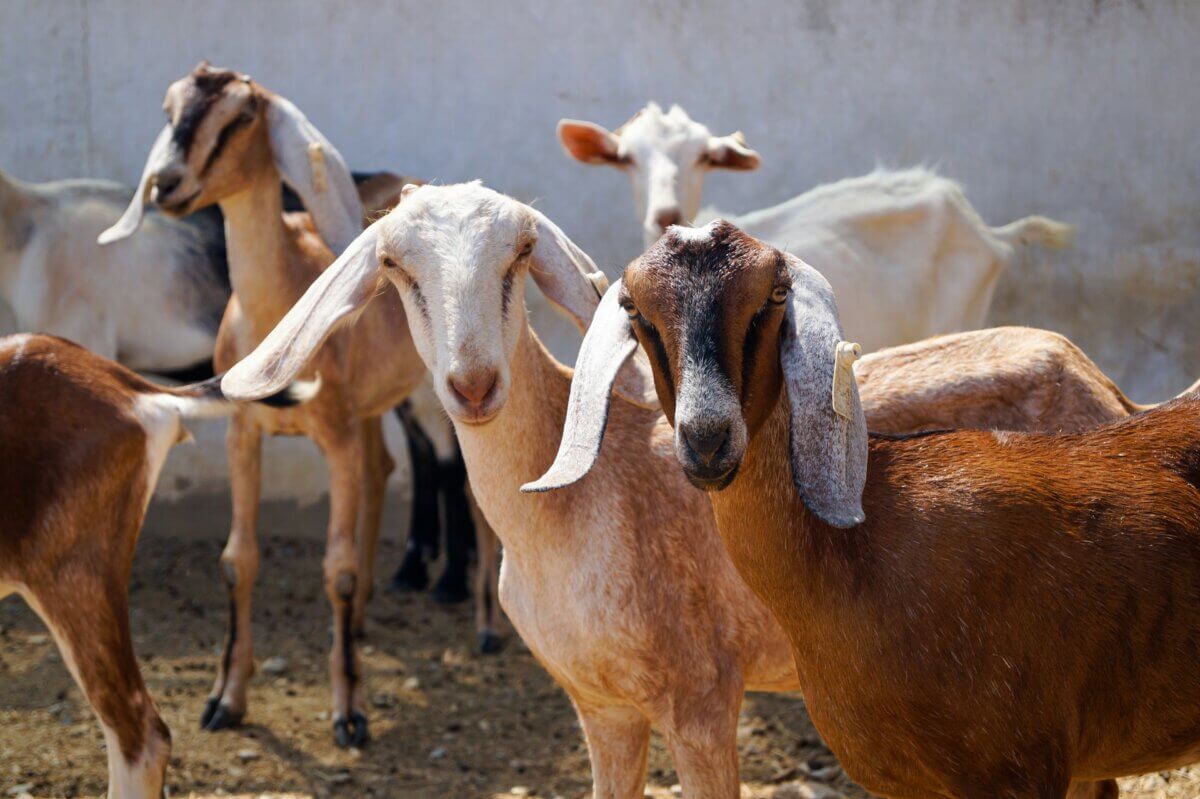
If you think a pack goat would be helpful around the homestead, consider a wethered goat (castrated male). Females with milk are a challenge to manage, and uncastrated billies tend to be hard to train, overly aggressive — and they stink! Because of their solid torso and lanky legs, Nubians, Toggenburgs, and La Manchas are ideal pack goats.
Keep in mind: It is a lot less costly to feed and maintain a goat than it is horse, mule, llama, or alpaca. Feed is less, care is less, and medical supplies and vet bills are not as big a bite out of the homestead budget.
High mountain hikers, posting selfies with their personal pack goat on social media, have made these breeds immensely popular. Young, castrated, trail-seasoned males are in high demand. Homesteaders, wishing to supplement their income by raising and training pack goats, find they cannot keep up with requests for these sturdy working companions.
Goats and Children
Many families living in rural locations and choosing to homeschool their children elect to raise a few goats for educational purposes. Teaching a child about raising a goat is both fun and frustrating. Parents report that interaction with goats and other small animals helps their children learn patience, empathy, and responsibility. Children develop affection for livestock in caring for the daily needs and well-being of an animal, helps them to learn healthy respect and regard for all living things.
Goats Need to Earn Their Keep
Like all homestead livestock, goats demand their share of homestead resources such as capital to start a herd, land required for goat habitat, labor, and management. They often forage on land less suited for other livestock. Goats prefer to browse, so are not totally competitive with sheep, horses, or cattle for limited land resources. Goats, however, must convert forage into salable products to justify their inclusion in multispecies operations. Land is a costly and finite resource in homestead operations. Goats should recover their fair share of homestead operating costs.
Establish a Homestead Management Program
Goats require a consistent, well-managed health care program that includes vaccination for disease and monitoring for obvious health concerns. Goats are prone to problems with both external and internal parasites, pneumonia, and neurological problems, as well as arthritis and other musculoskeletal diseases.
They are often plagued with intestinal worms. It is important that as a goat farmer, you can recognize the problem and maintain your herd’s good health by worming regularly. Barber pole worms in goats can be deadly. Although there are several different stomach worms, the barber pole worm (Haemonchus contortus) is more of a leech than a worm in that it feeds by sucking the blood of its host. When it sucks your goat’s blood, anemia, dehydration, severe blood loss, diarrhea, or death will occur if not treated early.
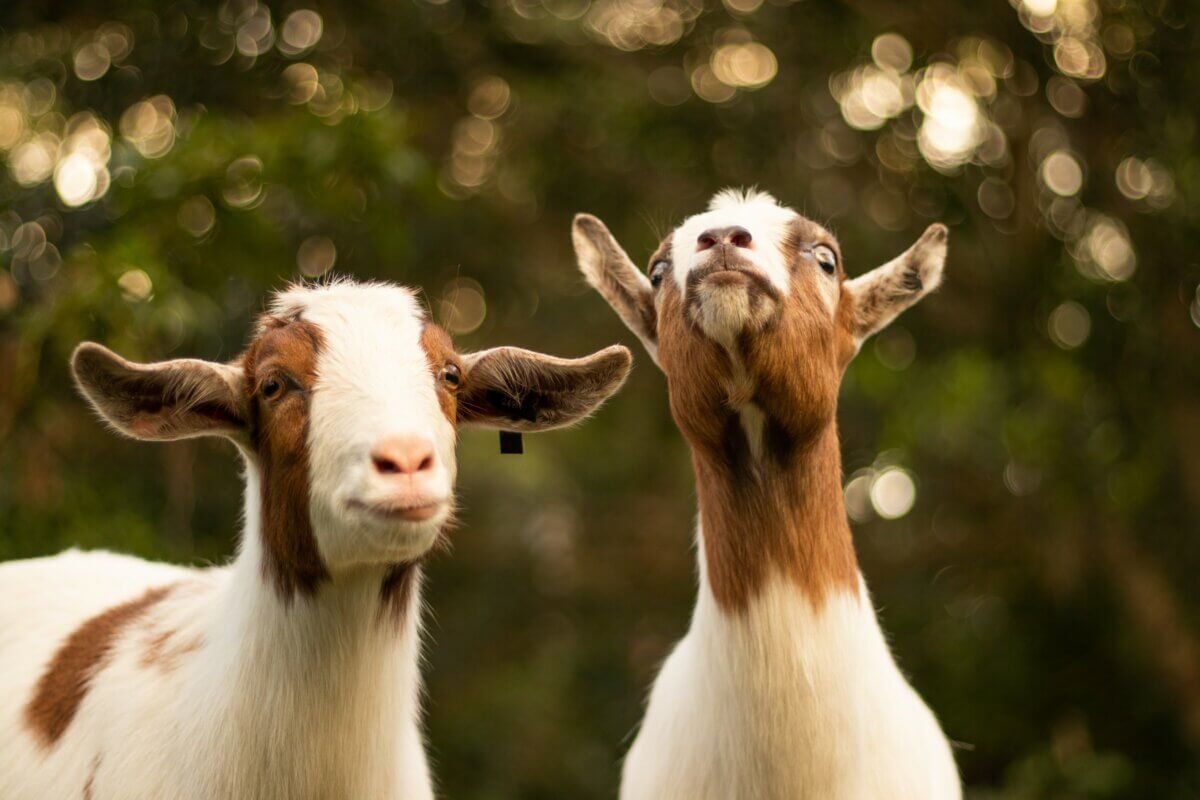
Visit with your county extension agent about the use of herbal wormers rather than using toxic chemical wormers. Goat worms have developed a tolerance for chemicals in the products currently on the market. Your extension agent is familiar with the type of worms commonly found in your area and the ideal herb mixtures to address the infestation. Many herbs that kill goat worms are likely to be found in your garden.
Goats must have their hooves trimmed periodically, the frequency of which is dependent on walking conditions. If goats browse on rocky ground, trimming is not a major concern.
Foraging Around Goats
Goats often get a “bad rap” as destroyers of vegetation, indiscriminately devouring everything in sight. Goats are really not the voracious eaters their reputation portrays. Goats differ from other ruminants in that they are browsers rather than grazers. In the wild, goats roam about a large area, browsing selectively with a bite of this and a bite of that. It’s only when confined that they become heavy eaters of flowers, grasses, vines, shrubs, and trees. When my neighbor’s goats escape their fence, they head straight for my prize-winning roses.
Goats cease to be discriminating in their food choices when vegetation availability is limited. Goats actually prefer a diverse diet, consuming dozens of different plant species.
Browsing goats are one of the very best methods of organic weed control. Goats eagerly consume many plants, such as knapweed, that we consider noxious. Scientific studies suggest that goats gravitate to many weed species due to the plants’ impressive protein and nutrient content, which is considerably higher than most pasture grasses. Homesteaders, farmers, and ranchers appreciate this browsing behavior. Goats will happily browse productively on land that has been overgrazed by horses or other livestock. Interspecies grazing allows the landowner to utilize an otherwise barren pasture while providing extra income from goat products.
Fencing Around Goats
Goats delight in the challenge of going over, through, or under obstacles, often catching their horns on fencing or the branches or roots of a tree. Becoming entangled may place a goat in a life-threatening situation. Goats require secure fencing, at least 4 feet high, to keep them securely contained and predators out.
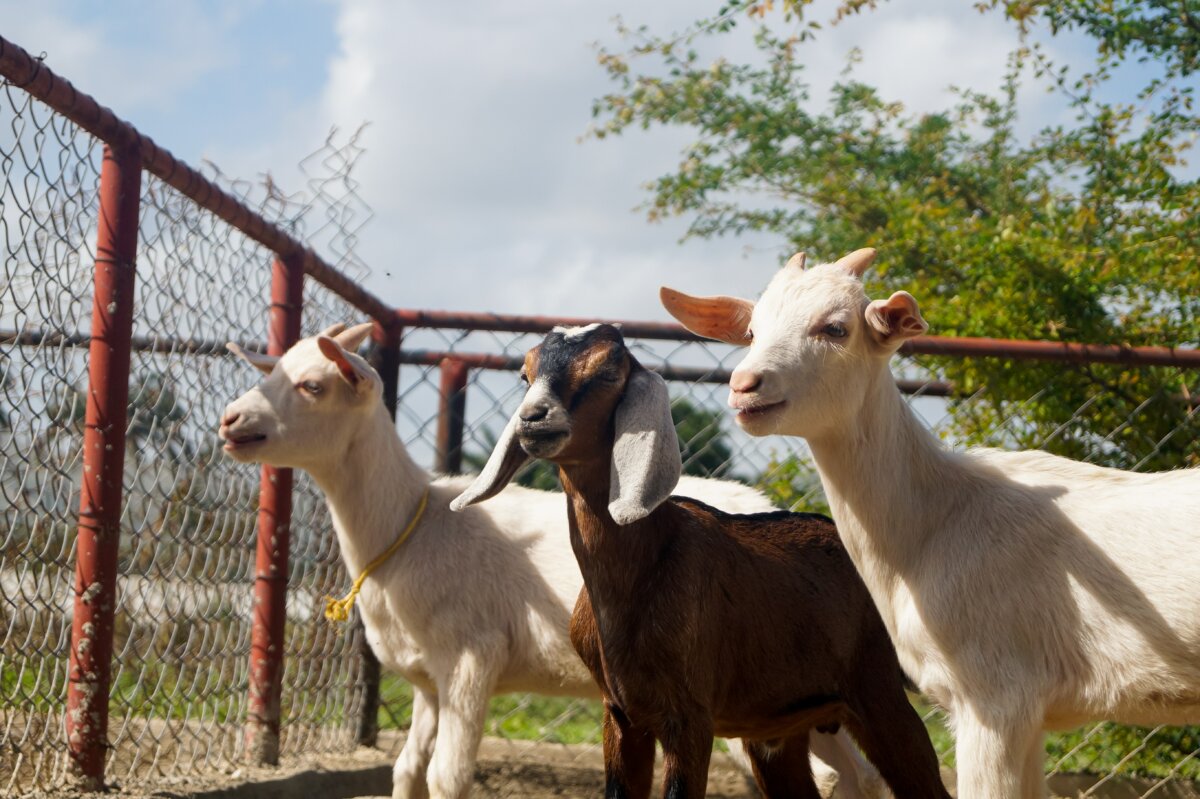
Experienced goat farmers suggest using a 5-wire electric fence, as goats have a way of managing to escape most other types of farm fencing. Fencing does more than keep out carnivorous wildlife; fencing keeps out other goats. Most goats are not overly aggressive to humans or family pets but can become enraged in the presence of another goat.
Related Post: 5 Goat Fencing Options And Details To Consider
Resources:
- United States Department of Agriculture – The Goat Industry: Structure, Concentration, Demand, and Growth https://www.aphis.usda.gov/animal_health/emergingissues/downloads/goatreport090805.pdf
- APHIS- Veterinary Services Centers for Epidemiology and Animal Health https://www.aphis.usda.gov/animal_health/nahms/goats/downloads/goat09/Goat09_is_DairyGoatOps.pdf
- The University of Maryland – National Goat Handbook http://outlands.tripod.com/farm/national_goat_handbook.pdf
- Lohmann Information – Present status of the world goat populations and their productivity http://lohmann-information.de/content/l_i_45_artikel17.pdf
- Oxford Academic – Tracing the History of Goat Pastoralism: New Clues from Mitochondrial and Y Chromosome DNA in North Africa https://academic.oup.com/mbe/article/26/12/2765/1538273


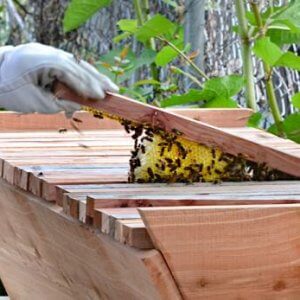











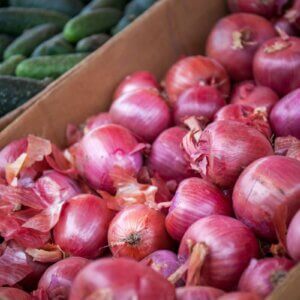








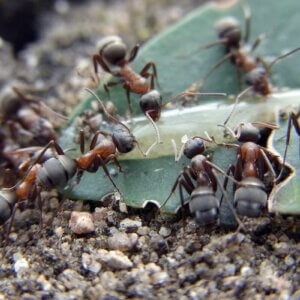
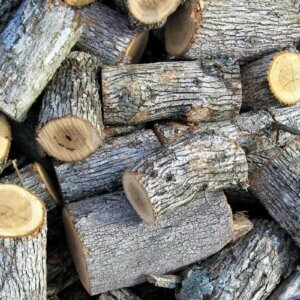



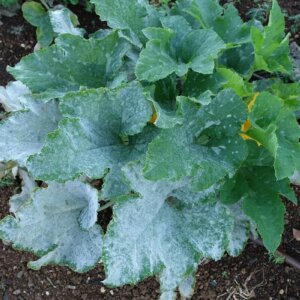



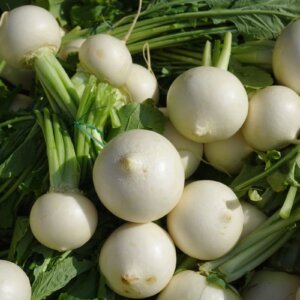


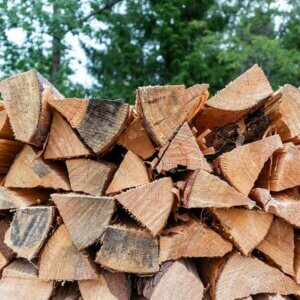
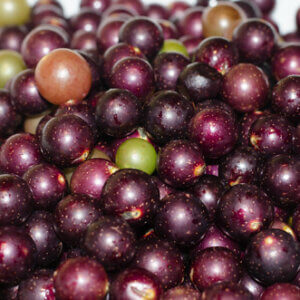



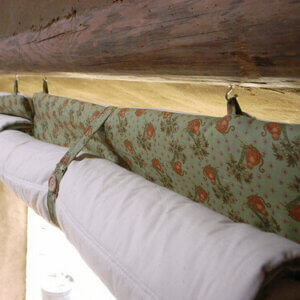

Leave a Reply